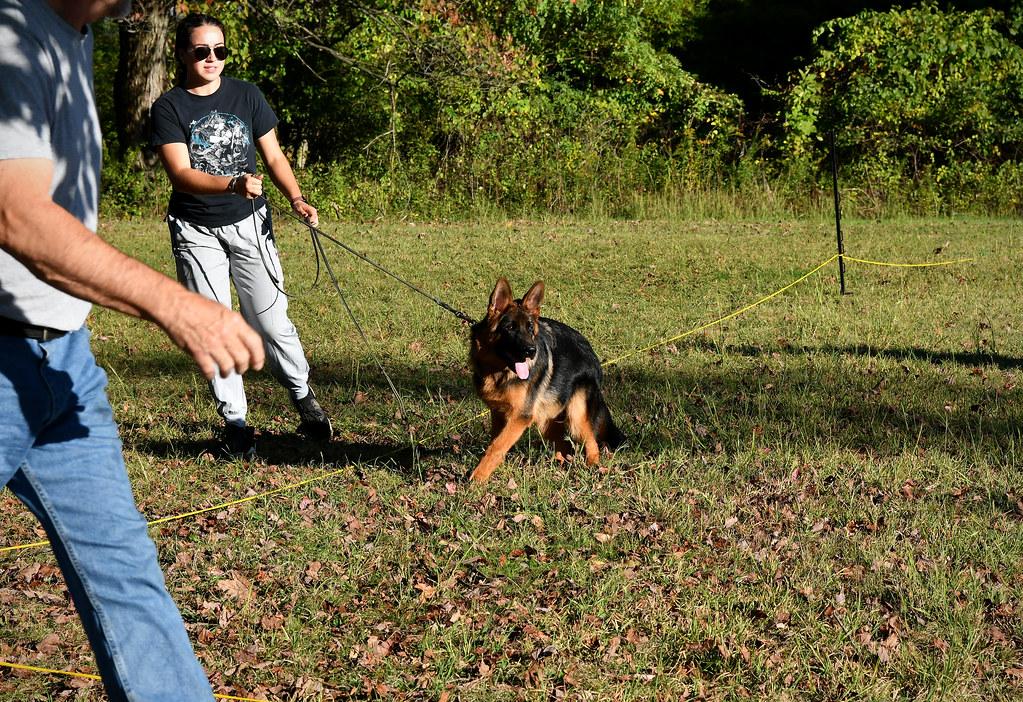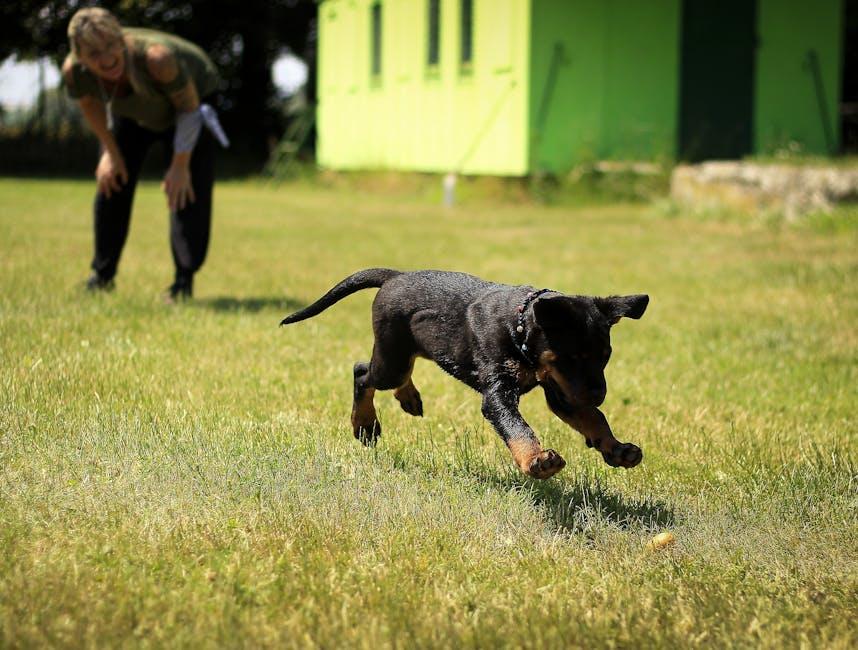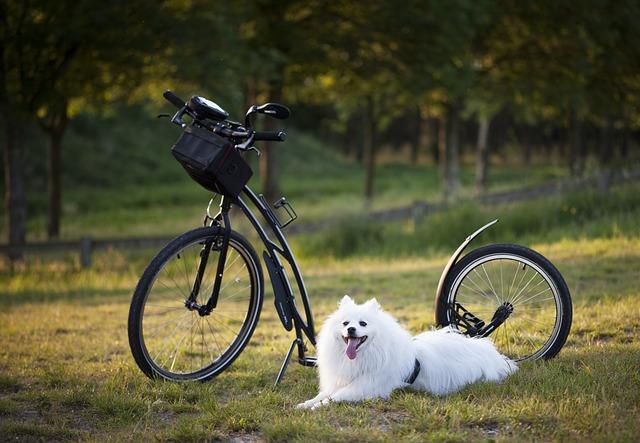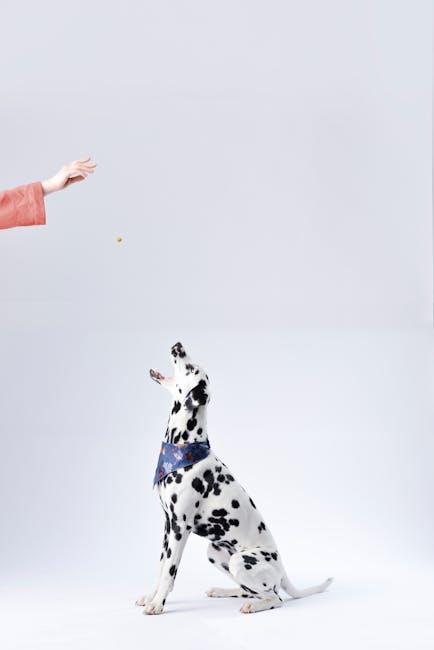Training your dog to stay within the boundaries of your yard is not just about keeping them safe—it’s about fostering a deeper bond of trust and communication between you and your furry friend. Whether you have a new puppy eager to explore or an older dog with a tendency to wander, teaching them to respect the limits of your yard can bring peace of mind and a sense of freedom. In this guide, we’ll walk you through practical steps to help your dog understand and embrace these boundaries, all while ensuring the process is enjoyable and rewarding for both of you. With patience, consistency, and a few handy tips, you’ll soon find your dog happily playing in the yard, confident and secure in their environment.
Understanding Your Dogs Instincts and Boundaries
Understanding your dog’s natural instincts and respecting their boundaries is crucial for effective training. Dogs are inherently curious and territorial, which can sometimes lead them to explore beyond the safety of your yard. To help them stay within designated boundaries, it’s important to align training with their instinctual behaviors. Begin by observing your dog’s habits and the specific areas they are drawn to. This insight will guide you in establishing a training plan that respects their natural tendencies.
- Identify Boundaries: Clearly define the yard boundaries using physical markers like flags or garden borders. This helps your dog visually understand where their safe zone begins and ends.
- Positive Reinforcement: Use treats and praise to reward your dog when they stay within the designated area. Reinforce this behavior consistently to build a positive association with staying in the yard.
- Interactive Play: Engage your dog with toys and games within the yard to make it an enjoyable space. This reduces the temptation to wander off in search of entertainment.
By combining consistent training with an understanding of your dog’s instincts, you can effectively teach them to respect the boundaries of your yard. Remember, patience and empathy go a long way in helping your furry friend feel secure and content within their home environment.

Creating a Safe and Engaging Outdoor Environment
Designing a safe and engaging outdoor space for your furry friend is essential in encouraging them to remain within the boundaries of your yard. Start by ensuring the area is securely fenced, with gates that latch properly to prevent any adventurous escapes. Consider using natural barriers like hedges or shrubs to provide additional layers of security. It’s important to create a stimulating environment that satisfies your dog’s curiosity and energy levels. Here are a few ideas to keep your canine entertained and content:
- Interactive toys: Scatter a variety of toys around the yard that encourage play and mental stimulation.
- Shaded spots: Provide cool areas with trees or a canopy for your dog to relax in during sunny days.
- Water features: Install a small fountain or kiddie pool for splashing fun, especially in warm weather.
- Digging zone: Designate a specific area where your dog can dig freely without damaging your garden.
By incorporating these elements, you create a haven that not only keeps your dog safe but also fulfills their need for exploration and play. A well-designed yard will naturally draw your pet to stay close to home, offering peace of mind for both you and your beloved companion.

Using Positive Reinforcement Techniques for Boundary Training
Incorporating positive reinforcement into boundary training can transform it from a challenging task to an enjoyable bonding experience with your furry friend. Instead of focusing on what your dog should not do, emphasize rewarding behaviors that align with your training goals. Here’s how to effectively apply these techniques:
- Consistency is Key: Ensure that every member of your household is on the same page about the boundaries. Consistent rules help your dog understand expectations and reduce confusion.
- Reward Desired Behavior: When your dog stays within the yard, immediately reward them with treats, praise, or playtime. The more immediate the reward, the clearer the connection between behavior and reward.
- Use Positive Cues: Employ positive cues or commands like “stay” or “good job” when your dog is behaving as desired. This reinforces their understanding and encourages repetition of the behavior.
By focusing on encouragement rather than correction, you foster a trusting and cooperative relationship with your dog, making boundary training a positive and successful endeavor.

Consistent Practice and Patience for Lasting Results
Training your dog to stay within the boundaries of your yard requires both consistent practice and a healthy dose of patience. Start by clearly defining the boundaries with visual markers like flags or garden stones. Walk your dog around the perimeter on a leash, allowing them to familiarize themselves with the limits. Reinforce the boundary with commands like “stay” or “yard” and reward them with treats and praise when they comply. It’s essential to be consistent with these commands and the boundary training sessions.
- Short, regular sessions: Aim for multiple short training sessions throughout the day rather than one long session. This helps maintain your dog’s attention and enthusiasm.
- Gradual progression: As your dog becomes more comfortable, gradually increase the time spent off-leash while maintaining supervision.
- Positive reinforcement: Continue to use treats and affection as rewards to reinforce the behavior you desire.
Remember, every dog learns at their own pace. Be patient and understanding as your furry friend learns to respect the yard’s boundaries. Over time, with diligent practice, you’ll find that your dog will naturally gravitate towards staying within the yard, providing you both with peace of mind and safety.

